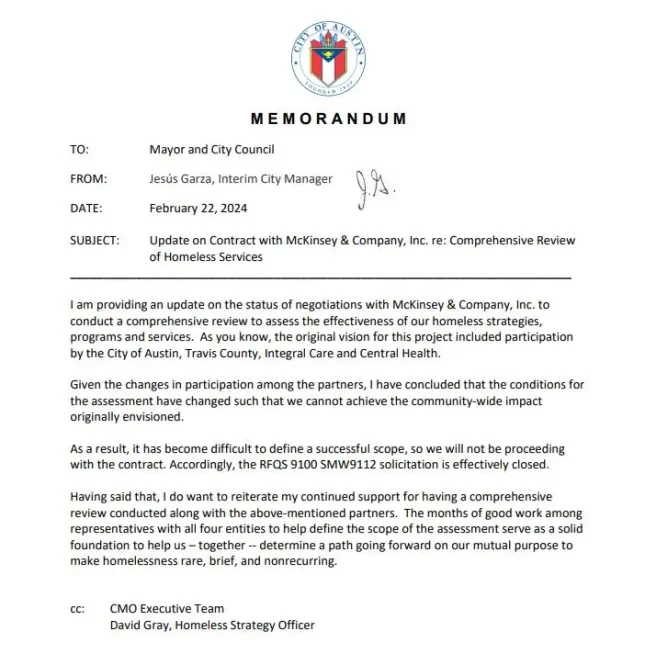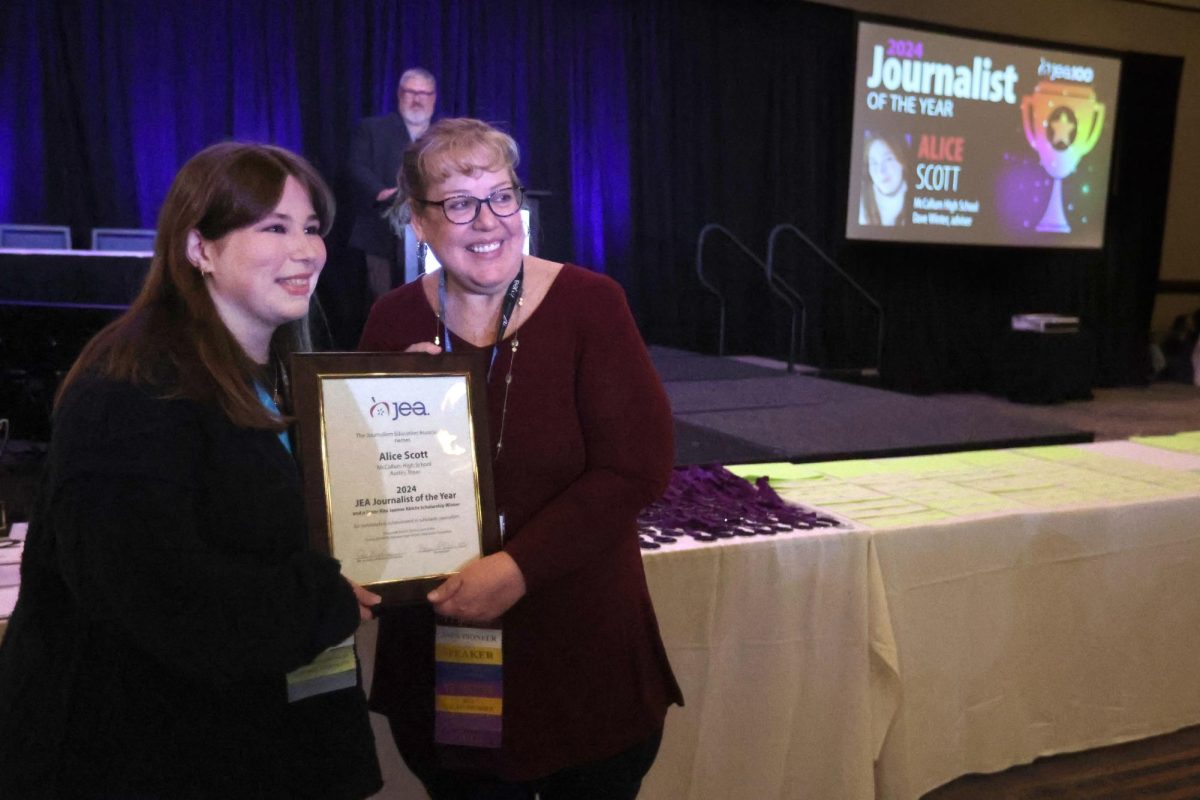Social media can make or break your college app

In 2014, hackers exploited a third-party app in order to release thousands of photos privately sent on Snapchat. Prior to this breach, security experts had noticed a flaw within the app’s security programming, which led to the release of many user’s phone numbers and account handles.
This incident led many to realize an incredibly important concept in our day and age: nothing posted online is private.
This idea is especially significant for students beginning the college admissions process. According to Kaplan Test Prep, in 2009, 40 percent of admissions officers visited applicants’ social media pages to learn more about them. Thirty-seven percent said that what they found about an applicant negatively impacted their application, while the same percentage said that what they found enhanced the application.
Social media has become a vital tool to universities, allowing for better communication between administration and current or potential students.
“It’s kind of like having a bathroom in your establishment,” said freshman admissions counselor of Concordia University Sean Richards. “You have to have it. No one’s impressed by it. It’s like, ‘Congratulations, you did what you were supposed to do.’ That’s where students are interacting, and that’s where the university should be too. It’s kind of silly to be the only one not in the dialogue. If I’m just trying to use antiquated devices and not actually trying to tweet at them and figure out what they’re interested in, we’re just not going to have a great conversation. I think the big thing is that wherever there’s smoke, there’s fire, and social media is the smoke.”
The transparency of social media goes both ways, however, as universities also monitor their own social media use.
“The rise in social media as a communications tool has completely changed the landscape of college recruitment,” said Casey Reed, dean of admission for The University of Tulsa. “Before the Internet and social media, universities controlled the information that was shared with prospective students and their families. Now, students search for information about universities through a variety of channels, and very little of the information is controlled by the universities. Instead, current students, alumni and community representatives share information in real time. For the most part, both universities and prospective students appear to appreciate the transparency social media provides.”
This transparency also means that universities can easily see what you choose to post. For those concerned about the potential consequences of something they have posted in the past, there are services that help people clean up their social media platforms, such as Qnary, a technological service based in New York City.
“Qnary focuses on online reputation growth,” account solutions director Marc Reichel said. “We’ve worked with students in the past, in order to grow their personal online presence, so that when people look them up, Qnary can help show what’s good, what’s positive.”
According to Reichel, the primary topics that one should always avoid on a public platform are politics, race, sex, religion, drinking and drug use.
“For me, there’s a couple of filters that I use, and I always pass these along to everyone,” Richards said. “No.1, is it relevant? Is it something that even matters in the context of the timing, or just in general? No. 2, is it appropriate? Is it something you in 10 years will still be proud of? Is it something you would be proud of your family seeing or retweeting? And No. 3, does it make sense? So it can be relevant, it can be appropriate, but does [what you are posting] actually clarify anything? Does it add insight? It’s all about establishing your voice and going through those three primary questions. I think if you have those, you’re probably not going to hate what you tweeted five years ago too much.”
It’s wise to not just add to the massive clutter that exists on much of the Internet.
“I guess lots will just retweet and retweet these little joke accounts, you know, ‘Teen Love,’ or ‘Seven Ways to Know You’re Into Him,’” Richards said. “From the application process, it doesn’t affect it that much, but further down the road you aren’t painting the image you want to be painting and it’s hard to be constant with what you want yourself to be, especially for high school or any college student.”
Reichel also recommends that you carefully decide which platforms you choose to share with only friends and family. Additionally, if one decides to make an account public, they should be selective about what they post to it.
“Someone who’s the president of their robotics club, they would post relevant articles on technology or robotics, use it as a place where they can show their knowledge and leadership to help differentiate them. The idea is, let’s take advantage of these sites; let’s create a presence that you can control; let’s highlight you the way you want to be perceived, so that when someone does look you up, you have full control.”
Apart from ensuring that you aren’t projecting the wrong image, there are some useful platforms you could be using to differentiate yourself from the crowd.
“If you’re a student on LinkedIn, then you’re a little ahead of the game,” Reichel said. “You can highlight things like your different clubs, your GPA, awards— things that are relevant to you as you’re in high school. LinkedIn serves as your online resume, and a lot of recruiters use LinkedIn, and college admissions officers are going to Google you. LinkedIn is very public. If you’re a high school student, create that LinkedIn because I honestly think that college admissions will be very impressed that you’ve created it.”
Reichel also categories Google Plus as an overlooked method to get your message across.
“It’s one of those networks that a lot of people have forgotten about, but it’s another profile where you can control what people are seeing about you, and it shows really well on Google search results, because Google owns it. It’s one of those outlier things to do, but very impressive: to develop a consistent and positive Google Plus profile.”
While they offer a lot of serious advice for managing your online presence, admissions officers aren’t as strict as you may think.
“Obviously, as a student, there’s nothing wrong with having fun content, you with your friends; everyone knows you’re a kid,” Reichel said. “There was actually a study that came out recently that showed that college admissions officers are also interested in people’s personalities. So not only posting super professional stuff on the right networks can also help you.”
The most important thing to keep in mind is to have foresight of the real consequences of what you post.
“Know that being on social media is kind of like being on a stage, and the numbers of followers or friends that you have are the number of people that are watching on that stage,” Richards said. “So oftentimes we go into the online mediums, and we think, ‘Great, it’s just me and my voice out there,’ but it’s you literally telling the world your thoughts, and people are always going to judge you for that. I think if we approached social media the way that we approach face-to-face interaction, we’d probably have a lot better results and a lot less of those online back-and-forths that are just unnecessary. In the long run, you’re just doing yourself a lot of favors.”




![With the AISD rank and GPA discrepancies, some students had significant changes to their stats. College and career counselor Camille Nix worked with students to appeal their college decisions if they got rejected from schools depending on their previous stats before getting updated. Students worked with Nix to update schools on their new stats in order to fully get their appropriate decisions. “Those who already were accepted [won’t be affected], but it could factor in if a student appeals their initial decision,” Principal Andy Baxa said.](https://macshieldonline.com/wp-content/uploads/2024/04/53674616658_18d367e00f_o-1200x676.jpg)





